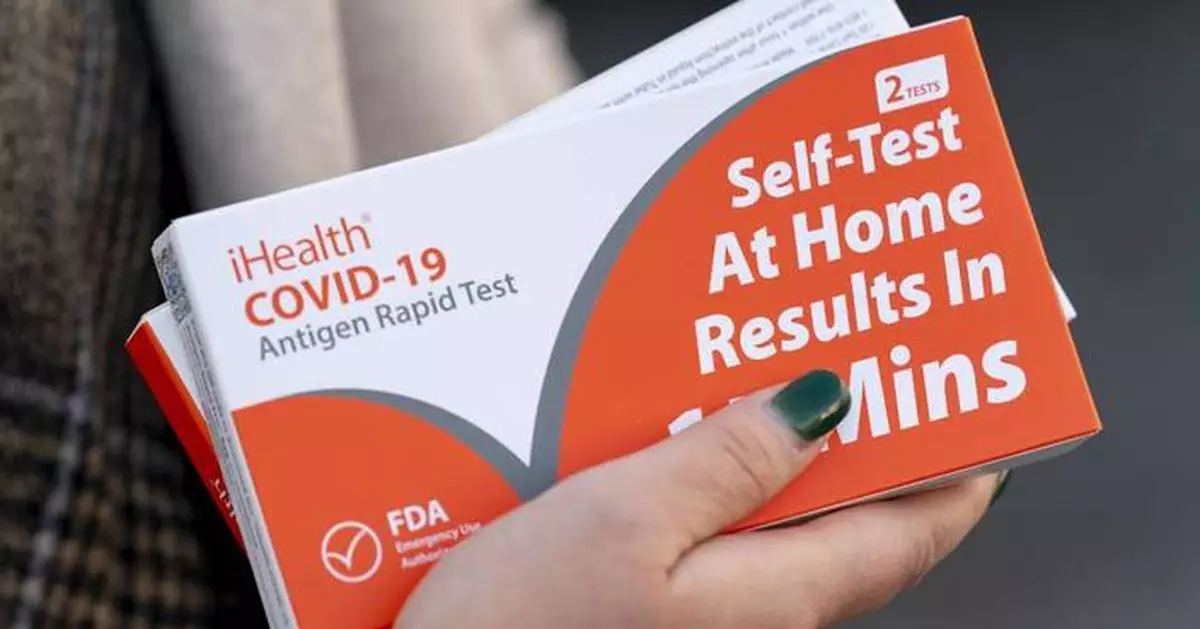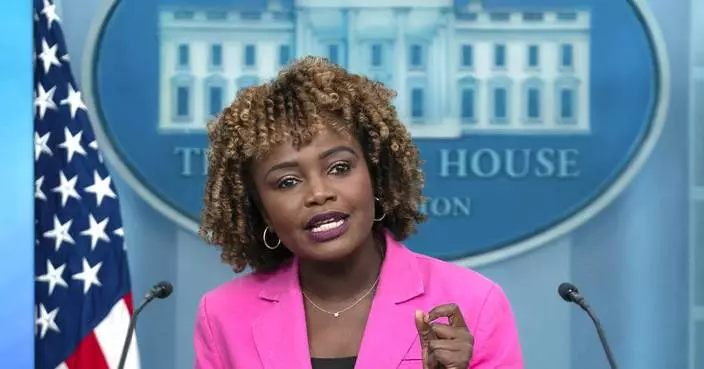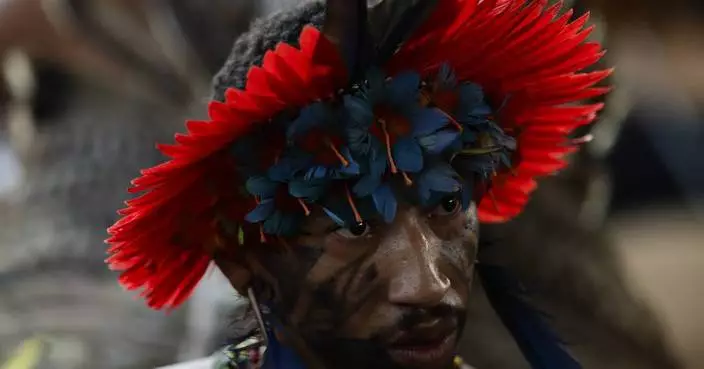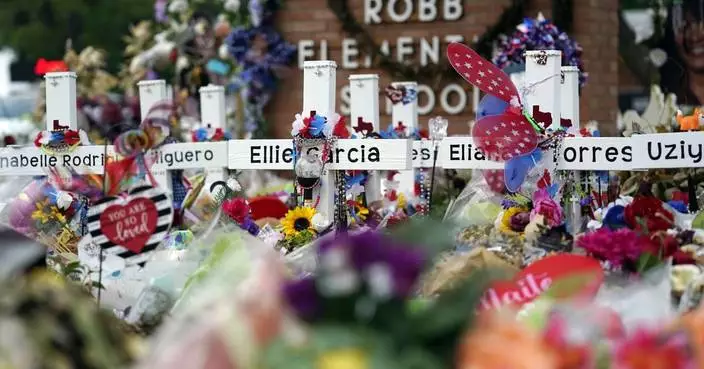WASHINGTON (AP) —
On the heels of a summer wave of COVID-19 cases, Americans will be able to get free virus test kits mailed to their homes, starting in late September.
U.S. households will be able to order up to four COVID-19 nasal swab tests when the federal program reopens, according to the website, COVIDtests.gov. The U.S. Health and Human Services agency that oversees the testing has not announced an exact date for ordering to begin.
The tests will detect current virus strains and can be ordered ahead of the holiday season when family and friends gather for celebrations, an HHS spokesperson said in an emailed statement. Over-the-counter COVID-19 at-home tests typically cost around $11, as of last year.
The announcement also comes as the government is once again urging people to get an updated COVID-19 booster, ahead of the fall and winter respiratory virus season. Earlier this week, U.S. regulators approved an updated COVID-19 vaccine that is designed to combat the recent virus strains and, hopefully, forthcoming winter ones, too. Vaccine uptake is waning, however. Most Americans have some immunity from prior infections or vaccinations, but data shows under a quarter of U.S. adults took last fall's COVID-19 shot.
The Biden administration has given out 1.8 billion COVID-19 tests, including half distributed to households by mail. It’s unclear how many tests the feds have on hand.
Tens of billions of tax-payer dollars have been used to develop COVID-19 tests, vaccines and treatments.
Although deaths and serious infections have dropped dramatically since COVID-19 started its U.S. spread in 2020, hospitalizations have started to slightly creep up in recent weeks. In total, more than 1 million Americans have died from the virus.

FILE - A United States government website, COVIDTests.gov, is displayed on a computer, Jan. 19, 2022, in Walpole, Mass. (AP Photo/Steven Senne, File)
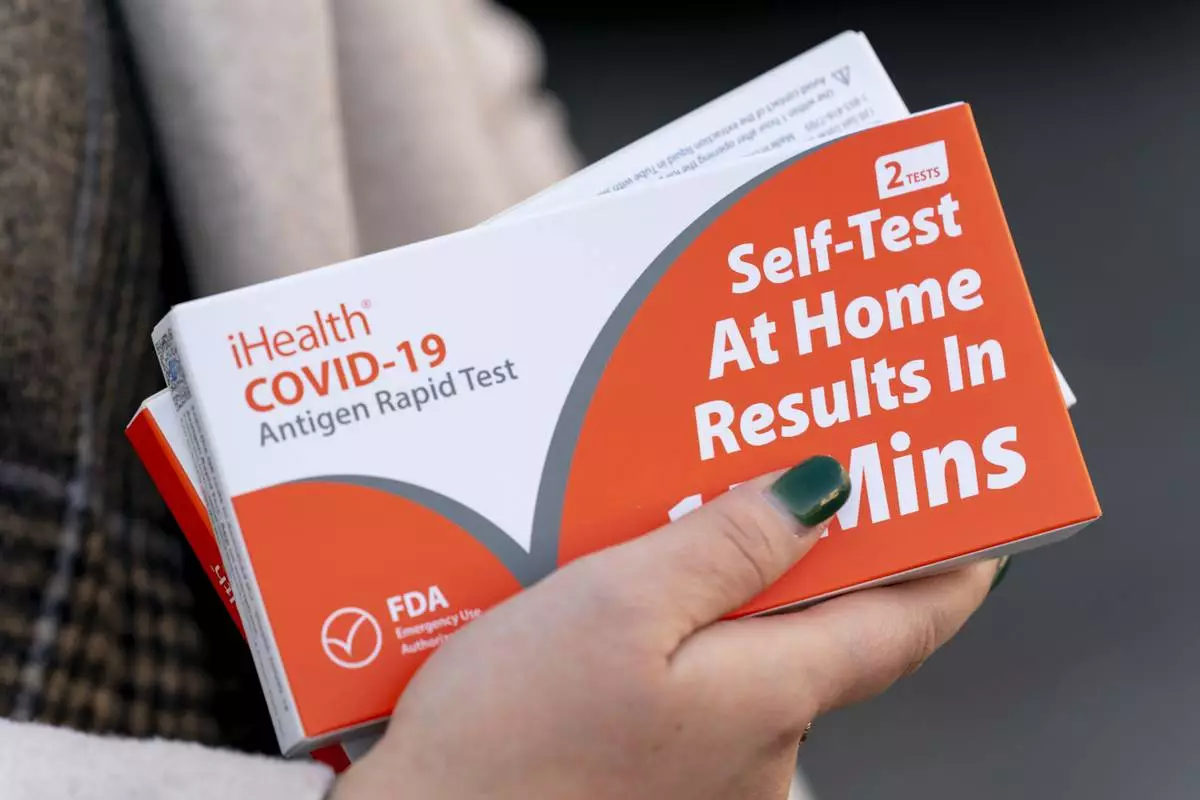
FILE - A woman holds two boxes of at-home Covid-19 test kits in Washington, Dec. 22, 2021. (AP Photo/Andrew Harnik, File)
BOSTON (AP) — A study that explores the feasibility of using pigeons to guide missiles and one that looks at the swimming abilities of dead fish were among the winners Thursday of this year’s Ig Nobels, the prize for comical scientific achievement.
Held less than a month before the actual Nobel Prizes are announced, the 34th annual Ig Nobel prize ceremony at the Massachusetts Institute of Technology was organized by the Annals of Improbable Research magazine’s website to make people laugh and think. Winners received a transparent box containing historic items related to Murphy’s Law — the theme of the night — and a nearly worthless Zimbabwean $10 trillion bill. Actual Nobel laureates handed the winners their prizes.
“While some politicians were trying to make sensible things sound crazy, scientists discovered some crazy-sounding things that make a lot of sense,” Marc Abrahams, master of ceremonies and editor of the magazine, said in an e-mail interview.
The ceremony started with Kees Moliker, winner of 2003 Ig Noble for biology, giving out safety instructions. His prize was for a study that documented the existence of homosexual necrophilia in mallard ducks.
“This is the duck,” he said, holding up a duck. “This is the dead one.”
After that, someone came on stage wearing a yellow target on their chest and a plastic face mask. Soon, they were inundated with people in the audience throwing paper airplanes at them.
Then, the awards began — several dry presentations which were interrupted by a girl coming on stage and repeatedly yelling “Please stop. I'm bored.” The awards ceremony was also was broken up by an international song competition inspired by Murphy's Law, including one about coleslaw and another about the legal system.
The winners were honored in 10 categories, including for peace and anatomy. Among them were scientists who showed a vine from Chile imitates the shapes of artificial plants nearby and another study that examined whether the hair on people's heads in the Northern Hemisphere swirled in the same direction as someone's hair in the Southern Hemisphere.
Other winners include a group of scientists who showed that fake medicine that causes side effects can be more effective than fake medicine that doesn't cause side effects and one showing that some mammals are cable of breathing through their anus — winners who came on stage wearing a fish-inspired hats.
Julie Skinner Vargas accepted the peace prize on behalf of her late father B.F. Skinner, who wrote the pigeon-missile study. Skinner Vargas is also the head of the B.F. Skinner Foundation.
“I want to thank you for finally acknowledging his most important contribution,” she said. “Thank you for putting the record straight.”
James Liao, a biology professor at the University of Florida, accepted the physics prize for his study demonstrating and explaining the swimming abilities of a dead trout.
“I discovered that a live fish moved more than a dead fish but not by much,” Liao said, holding up a fake fish. “A dead trout towed behind a stick also flaps its tail to the beat of the current like a live fish surfing on swirling eddies, recapturing the energy in its environment. A dead fish does live fish things.”

Professor James Liao displays a stuffed fish while accepting a prize for physics for demonstrating and explaining the swimming abilities of a dead trout during a performance at the Ig Nobel Prize ceremony at Massachusetts Institute of Technology in Cambridge, Mass., Thursday, Sept. 12, 2024. (AP Photo/Steven Senne)

A team of researchers perform a demonstration during a performance showing that many mammals are capable of breathing through their anus while accepting the 2024 Ig Nobel prize in physiology at the Ig Nobel Prize ceremony at Massachusetts Institute of Technology, in Cambridge, Mass., Thursday, Sept. 12, 2024. (AP Photo/Steven Senne)

People in the audience throw paper airplanes toward the stage during a performance at the Ig Nobel Prize ceremony at Massachusetts Institute of Technology in Cambridge, Mass., Thursday, Sept. 12, 2024. (AP Photo/Steven Senne)
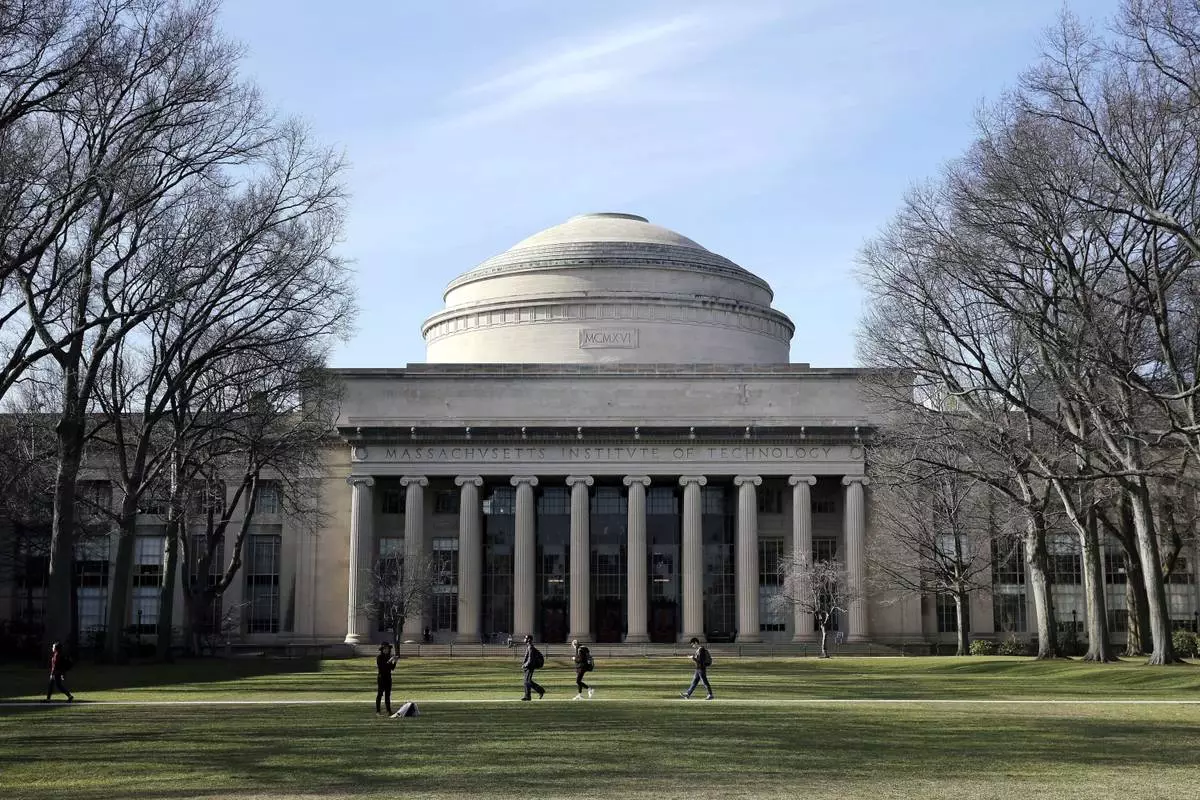
FILE - Students walk past the "Great Dome" atop Building 10 on the Massachusetts Institute of Technology campus in Cambridge, Mass, April 3, 2017. (AP Photo/Charles Krupa, File)




